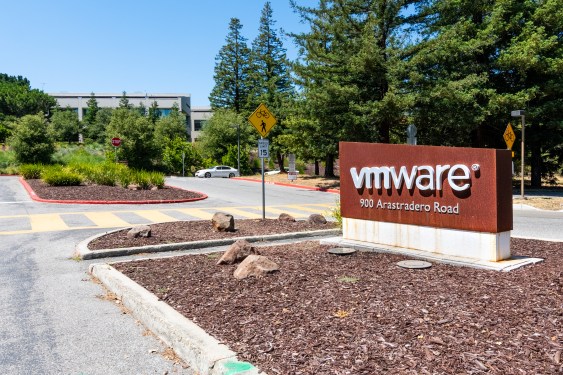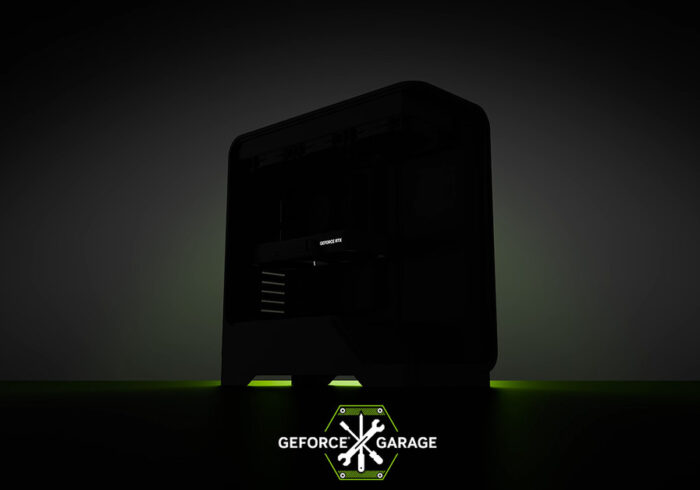Meta, the tech giant behind Facebook and Instagram, has been pouring billions of dollars into its own artificial intelligence (AI) efforts. The company is determined to catch up with its rivals in the generative AI space, but it’s a tough road ahead. In this article, we’ll explore Meta’s latest move: unveiling its next-generation Training and Inference Accelerator (MTIA), a custom chip designed to run and train AI models.
A Hardware Showcase, But Not Without Controversy
Meta’s hardware showcase comes at an interesting time. Just 24 hours ago, the company briefed press on its ongoing generative AI initiatives. The MTIA v2, as it’s called, is a significant upgrade over its predecessor, the MTIA v1, which was built on a 7nm process. In contrast, the next-gen MTIA uses a more modern 5nm process.
What’s New in the Next-Gen MTIA?
So, what exactly sets the next-gen MTIA apart from its predecessor?
- Process Node: The most significant improvement is the move to a 5nm process node. This means that the chip has smaller transistors, which leads to increased performance and power efficiency.
- Processing Cores: The next-gen MTIA boasts more processing cores than its predecessor. This should provide a boost in performance for AI workloads.
- Internal Memory: The chip now comes with 128MB of internal memory, up from the previous 64MB. This should help reduce memory latency and improve overall system performance.
- Clock Speed: The average clock speed has increased to 1.35GHz, up from 800MHz in the MTIA v1.
Performance Gains
Meta claims that the next-gen MTIA delivers up to 3x better performance compared to its predecessor. However, this claim is based on testing four key models across both chips. Meta’s blog post doesn’t provide much detail on how these tests were conducted or what specific workloads were used.
Not Replacing GPUs Just Yet
In a surprising move, Meta admits that the next-gen MTIA won’t replace Graphics Processing Units (GPUs) for running or training AI models. Instead, it will complement them. This suggests that Meta is taking a more incremental approach to developing its custom hardware.
The Cost of Custom Hardware
Developing in-house hardware presents an attractive alternative to relying on commercial GPUs, especially when training costs for cutting-edge generative models can range in the tens of millions of dollars. However, it’s also a costly endeavor.
- Estimated $18 billion: By the end of 2024, Meta is set to spend an estimated $18 billion on GPUs for training and running generative AI models.
- Custom Hardware Costs: Developing custom hardware can be expensive, especially when considering the resources required to design, test, and manufacture these chips.
Rivals Are Pulling Ahead
While Meta is making strides in its AI efforts, its rivals are also pushing forward. Companies like Google, Amazon, and Microsoft are investing heavily in their own AI research and development.
- Google’s NotebookLM: This year saw the release of Google’s NotebookLM, a large language model that has gained significant attention.
- Amazon’s SageMaker: Amazon is also making waves with its SageMaker platform, which provides a suite of tools for building, deploying, and managing machine learning models.
Conclusion
Meta’s next-gen MTIA is an exciting development in the world of AI hardware. While it brings significant improvements over its predecessor, it’s clear that Meta still has some catching up to do with its rivals. The company’s willingness to invest heavily in its custom hardware and software efforts will be crucial in determining its success in the generative AI space.




